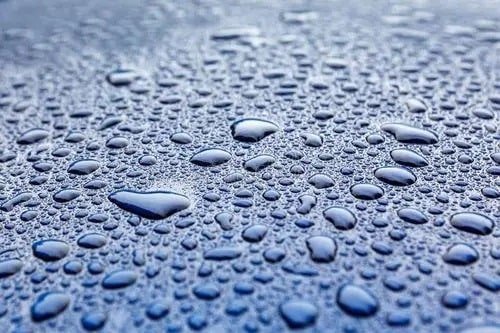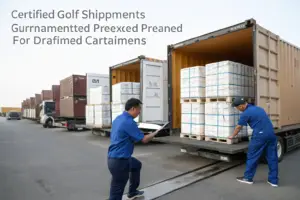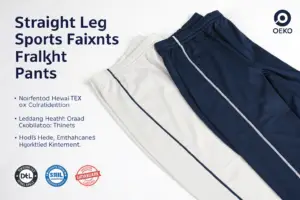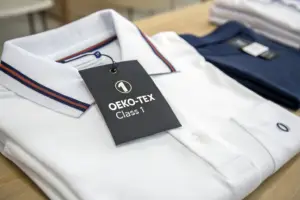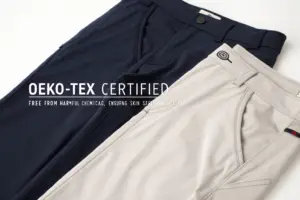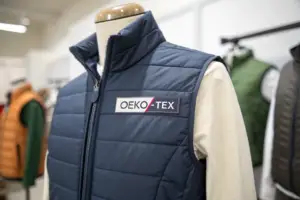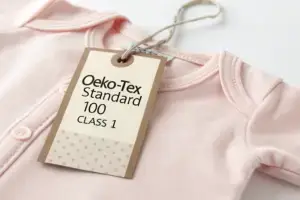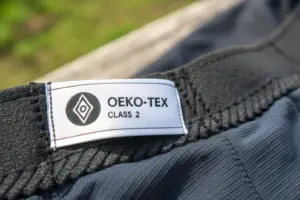Poor fabric waterproofing performance of the causes and solutions
Waterproof agent performance.
Cationic waterproofing agent stability and adsorption of fibers are better, waterproof, and oil resistant than non-ionic or anionic products. The smaller the molecular mass of additives contained in the product, the lower the boiling point of the added solvent, the better the film. Commonly used solvents are acetone, propylene glycol methyl ether (DPM), tripropylene glycol (TPG), etc., of which acetone has the best film-forming properties, but is a dangerous chemical.
The molecular structure of water and oil repellents determines the superiority or inferiority of oil repellency. The molecule contains active groups that react with fibers, the oil repellency of the product is better than that of products without reactive groups.
The amount of waterproofing agent used.
Under normal processing conditions, the effect of water and oil repellency increases with the amount of water repellant. Within the cost range, the amount can be increased to improve the waterproofing and oil repellency. However, after reaching saturation, with the increase in dosage, the waterproof and oilproof effects no longer improve, the product performance has reached its limit.
Baking conditions.
Polymer waterproofing agent needs high temperature to cross-link the film, baking is not sufficient will affect the film, waterproof and oilproof effect is poor. In addition, the baking temperature is also very critical, the higher the temperature, the more beneficial to waterproofing and oil-proof processing. In order to avoid large fabric color change and yellowing, the temperature should be limited, but can be used to extend the baking time to improve the waterproof and oilproof performance.
Fabric pre-processing.
Fabric before processing is not complete, such as oil and wax removal is not clean, easy to produce a light waterproof effect on the surface of the fabric, affecting the fabric for the amount of water and oil repellent adsorption. Even if the use of dry cloth dip rolling or improve the amount of waterproof oil repellent, the waterproof oil-repellent effect can not be improved.
Fabric before processing:
(1) ordinary polyester fabric commonly used polyacrylate sizing, spinning oil dosage and less, available alkali plus detergent to remove;
(2) all-polyester superfine fabric sizing is mineral oil, esterified oil, waxes, and other compound oil agent. If the pre-treatment is not sufficient, oil substances are easy to remain on the surface of the fabric, drying the fabric surface water repellent, waterproof, and oil-proof effect is not good. The solution is to strengthen the pre-treatment of the fabric, to maintain more than 50% of the fabric roll residual rate, or add solvents such as isopropyl alcohol (10 ~ 20g / L), hexanol (3 ~ 6g / L) in the waterproof working solution, improve the fabric roll residual rate;
(3) cotton whitening fabric without solid color treatment, rolling liquid, part of the anionic whitening agent out of the fabric into the mixture, and water repellent macromolecule adsorption, reducing the amount of cloth for the adsorption of water and oil repellent, water, and oil repellent effect becomes worse. Increase the washing process to remove the whitening agent floating color on the fabric can improve the waterproof and oil-proof effect;
(4) cotton printing fabric, graphics dark color often have the phenomenon of water, waterproof up to AATCC-22 standard 100 points or in the printing of oilproof poor. The reason is that the dark color at the sizing more, after the film waterproof agent difficult to penetrate into the fiber, waterproof effect is not ideal. Part of the light-colored fabrics can add more reactive capping isocyanate to improve.
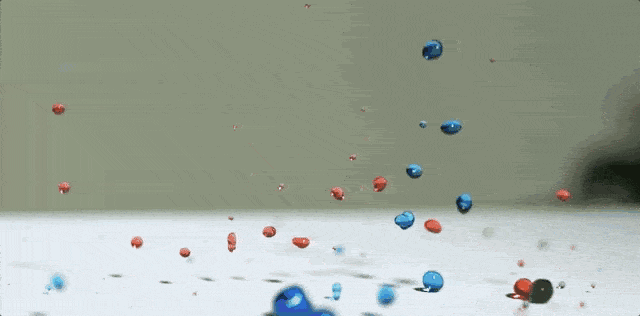
Compounding with other finishing agents.
Compounding softener is often used non-ionic and cationic, but not anionic. Non-ionic softeners have less effect on water and oil repellency, but the feel is not ideal; a small amount of cationic silicone softener, will produce a better feel.
Not suitable for compounding softener case:
(1) oil-proof requirements are high, add softener will reduce the oil-proof performance;
(2) water repellent (self-crosslinking type) molecular structure of the active group does not react with the fiber, organic fluorine compounds, if the molecules contain active groups react with the fiber, silicone compounds molecules on the siloxane chain of active hydrogen can be added to the molecules of water and oil repellent double bond, but also with the hydroxyl group in the fiber dehydration reaction, the formation of a mixed film on the surface of the fiber. The surface tension of organofluorine compounds is lower than that of organosilicon compounds, and the surface tension of the mixed film is increased to cause a decrease in the oil-repellent performance of the fabric.
Self-crosslinking waterproofing agent added silicone compounds, silicone molecules in the active hydrogen and fiber dehydration reaction, affecting the uniformity and integrity of waterproofing and oil-repellent film.
Antistatic agent commonly used non-ionic, cationic although it has a good antistatic effect, with the waterproofing and oil-repellent bath after use, waterproofing, and oil-repellent significantly reduced, should not be selected.
Fabric organization structure.
Some all-polyester high-density fabrics with liquid rates are often below 30%, the conventional amount of waterproof is <100 points. Increase the amount of waterproof and oil-proof agents, add waterproof and oil-proof synergists or increase the shaping temperature can improve the waterproof and oil-proof effect. Blended fabrics such as nylon polyester, when using water repellent alone, the surface of the watermarks, add melamine resin 3 ~ 5g / L can improve this phenomenon.
Nylon fabric is only above the isoelectric point, the potential of the fabric surface is a negative charge, can better adsorb positively charged molecules of waterproofing and oil repellent, showing a better waterproofing and oil-repellent effect.

